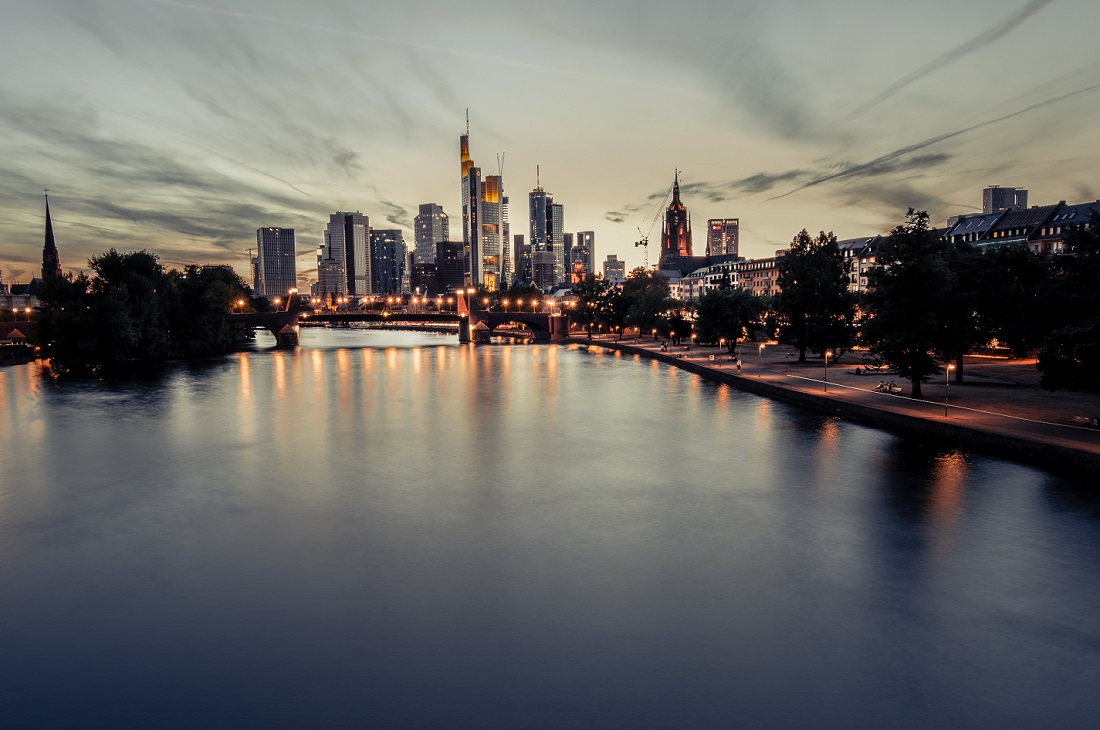Panorama
EU helps breathe new life into neglected buildings and spaces
- 09 Feb 2022
A wide range of EU resources is helping cities breathe new life into neglected buildings and areas, transforming them from eyesores into assets. The support is boosting urban renewal, sustainability, social inclusion and more, benefiting both people and the planet.
Abandoned or under-used buildings and spaces exist throughout the European Union, contributing to urban decay. However, such sites also hold significant potential and, with the right design and approach, can be turned into green spaces, recreational or cultural venues – and even housing. Recognising this, the European Commission has developed a series of policies, partnerships and programmes that encourage and help cities turn blight into something beneficial.
Among these is the Green City dimension of the New Leipzig Charter, a key policy framework for sustainable urban development that calls for nature-based solutions to protect and regenerate ecosystems. Another is the New European Bauhaus, which encompasses policy actions and funding possibilities to create a new lifestyle that matches sustainability with good design. It reflects a rising awareness of the need to rethink the use – and reuse – of public spaces.
Incorporating these policies and promoting action in the context of the EU's Urban Agenda, three partnerships – Sustainable Use of Land and Nature-Based Solutions, Circular Economy, and Culture and Cultural Heritage – have led to the sharing of innovative and inspirational solutions for neglected sites across Europe.
Revitalisation in action
Catalonia, for example, has a long-standing redevelopment programme that links the regeneration of public open spaces with the creation of new affordable residential areas in municipalities that have social and urban problems. Related projects incorporate both sustainability and aesthetics and aim to prevent exclusion and socio-economic disparities.
Further south in Murcia, Spain, authorities worked together with universities, the private sector, local associations, residents and others to revitalise three neighbourhoods. But rather than adopting ‘a one-size-fits-all approach’, they focused on the specific physical, social and cultural attributes and identities of each area. Known as Urban DNA, this initiative enhanced the community’s engagement and generated opportunities for economic development, social innovation and sustainability.
Serving as trailblazers, innovative urban regulations for the reuse of public buildings and areas have been implemented in the Italian cities of Reggio Emilia, Naples, Turin and Salerno. With some differences among them, these enable municipal authorities to delegate the management of places and services to interested community members, strengthening public participation and creating new social or cultural venues.
Harnessing these and other experiences, the partnerships developed valuable resources. These include a handbook on sustainable and circular reuse and a toolkit to help foster collaborative management and promote cultural and social activities in underused spaces.
More projects powering change
The ERDF-funded Urban Innovative Actions (UIA) and URBACT programmes have also helped cities develop ways to turn under-used or abandoned spaces into welcome additions to their urban landscape.
One example is the Italian city of Latina’s UPPER project. Among other things, it combines the restoration of public green spaces with research and technological innovation on nature-based solutions involving public and private stakeholders. The project also engages disadvantaged and vulnerable groups by training them on how to manage green areas and provide nature-based services such as cleaning, maintaining and restoring gardens, parks, riverbanks and playgrounds.
In Poland, the city of Poznań initiated an ‘Open Gardens’ programme in 2017 to open up gated green spaces of public institutions such as kindergartens to the wider community. This also involves redesigning such spaces so they can be enjoyed by people with different interests. In one particular case, children, teachers and parents helped create a space where youngsters can learn about nature, parents can relax, and other local residents can garden in a designated area. Overall, this project has improved the quality of the urban environment while promoting social interaction.
Meanwhile in the greater Athens area, the Halandri municipality launched a project in 2020 revolving around the Hadrian Aqueduct that dates back to Roman times. Its aim is to contribute to the area’s walkability and provide residents with better access to green spaces, all while raising awareness of local cultural and natural heritage.
FIND OUT MORE
Reconquering public spaces by interlinking design, inclusion, and sustainability

